1. Alexander the Great’s Tamed Lions
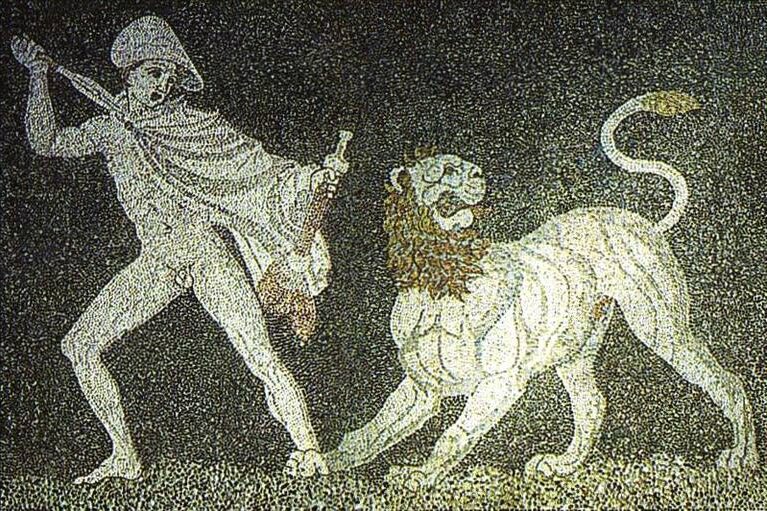
Throughout history, people have chosen extraordinary companions, and few stories begin as boldly as Alexander the Great’s. Known for his conquests, he was also famous for keeping tamed lions, which symbolized his strength and authority. These majestic animals weren’t household pets but living emblems of power. They walked beside his army, admired and feared in equal measure. Lions thrive in the wild, needing vast space to hunt and roam, yet in captivity they became part of a ruler’s image. Their presence wasn’t about companionship but about control, showing how power often used nature as its mirror.
2. Napoleon’s Pet Giraffe (Zarafa)

When Egypt’s ruler gifted France a giraffe in 1827, it was no ordinary gesture. The giraffe, later named Zarafa, walked from Marseille to Paris, drawing amazed crowds along the way. Parisians had never seen such an elegant creature, and it quickly became a national sensation. For Napoleon and his court, Zarafa symbolized diplomacy and wonder. Still, her enclosure was made for display, not comfort. She lived as a curiosity rather than a companion. Her journey showed how animals once served as symbols of alliance and fascination rather than as living beings deserving true understanding.
3. Pablo Escobar’s Hippopotamuses

Pablo Escobar’s infamous estate in Colombia was home to a private zoo that included four hippos imported from Africa. After his death, they escaped into nearby rivers and began breeding. Today, dozens of hippos roam freely, creating an ecological problem that scientists and officials still struggle to manage. Once symbols of luxury, they’ve become part of Colombia’s environmental reality. Hippos are aggressive and need specific habitats, which makes their new environment dangerous for both people and wildlife. Escobar’s hippos prove that one person’s vanity can leave behind a legacy much harder to tame.
4. King George III’s Zebras in the Royal Menagerie

King George III’s royal menagerie once featured zebras, fascinating creatures few in England had ever seen. These striped animals symbolized wealth and the empire’s global reach. Visitors marveled at them, unaware that zebras are herd animals requiring space and companionship. In captivity, they were admired for their beauty but denied their freedom. The royal collection showed curiosity more than compassion, reflecting a time when exotic animals were trophies rather than beings to protect. Today, conservationists view such displays as reminders of how admiration without understanding can harm the very creatures we claim to treasure.
5. Frida Kahlo’s Pet Spider Monkeys
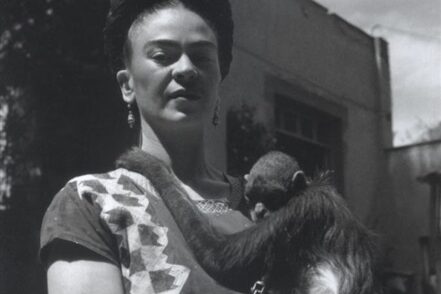
Frida Kahlo’s home in Mexico City was filled with animals, but her spider monkeys stood out as her favorites. They appeared in her paintings, representing love, tenderness, and vulnerability. Kahlo treated them like children, often cradling them during quiet moments. Yet spider monkeys are wild creatures that thrive in groups and need wide forest space to swing and explore. While her affection was sincere, her care could never replicate their natural world. The monkeys became living symbols of her emotional depth, blurring the line between artistic expression and the complex reality of keeping wild companions.
6. Emperor Nero’s Tigers for Display

Emperor Nero was infamous for using animals as symbols of his power, and tigers were his ultimate statement. These majestic creatures were brought from distant lands to be displayed and paraded during his grand events. They weren’t companions but living trophies of control and spectacle. Tigers are solitary hunters needing vast natural ranges, but Nero’s arenas offered none of that. Instead, they became props in imperial theater, their wild instincts suppressed for entertainment. His tigers remind us how ancient rulers often confused dominance over nature with greatness, turning beauty and strength into instruments of fear.
7. Marie Antoinette’s Pet Sheep in Silk Ribbons
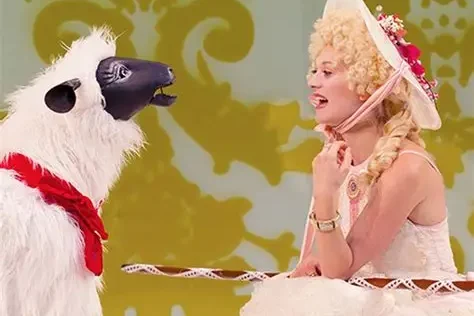
At Versailles, Marie Antoinette created a small village called the Hameau de la Reine, where she kept sheep dressed in silk ribbons. The image of a queen tending sheep was meant to show innocence and simplicity, though it was far from real farm life. The sheep were pampered props, part of a fantasy designed to charm the court. Real shepherds knew such animals needed open fields and flock companionship, not decoration. The queen’s sheep reflected her desire to appear grounded, even while surrounded by luxury, showing how appearance often outweighed authenticity in royal life.
8. Lord Byron’s Pet Bear at Cambridge
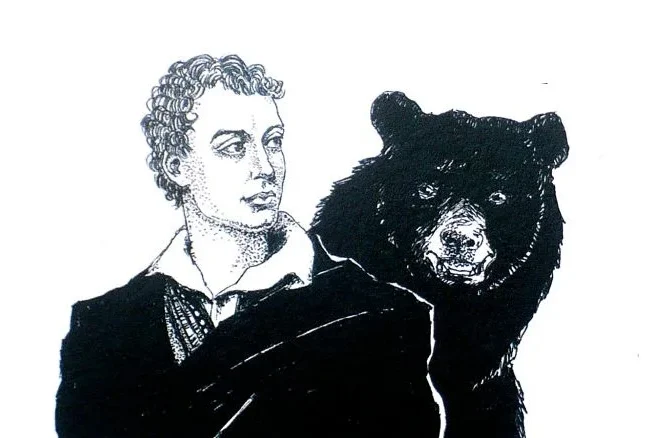
When Lord Byron was told that dogs weren’t allowed at Cambridge University, he responded with typical rebellion by bringing a bear instead. The poet walked it around campus, enjoying the stir it caused. The stunt captured Byron’s wild humor and disregard for convention. But bears are not pets; they require space, solitude, and complex care. For Byron, the bear was a symbol of defiance more than affection. It reflected his eccentric spirit, even if at the animal’s expense. His choice remains one of history’s strangest student protests, both amusing and unsettling at once.
9. Salvador Dalí’s Ocelot (Babou)

Salvador Dalí’s ocelot, Babou, was as flamboyant as the artist himself. Dalí took the spotted wildcat to restaurants, galleries, and even hotels, claiming it was simply a “painted domestic cat.” The ocelot became part of his eccentric image, turning heads wherever they went. Ocelots are solitary animals that need quiet, enriched environments, far from flashing cameras and crowds. For Dalí, Babou was both muse and statement, a living piece of surrealism. While their bond fascinated the public, it also showed how creativity can blur the line between affection and exploitation.
10. Benjamin Franklin’s Pet Turkey Proposal
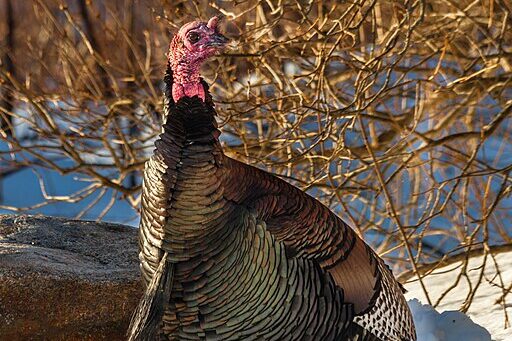
Benjamin Franklin admired the turkey for its intelligence and courage, even suggesting it should replace the bald eagle as America’s national symbol. Though not a pet in the traditional sense, he often kept turkeys around his home, enjoying their company. He saw them as honest, native birds that better represented the country’s values. Franklin once described the turkey as “a much more respectable bird.” His affection reflected his belief in humility and practicality. The story shows how animals can shape identity and pride in ways both humorous and profound.
11. Hemingway’s Six-Toed Cats
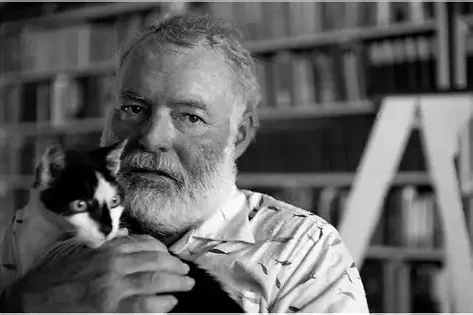
Ernest Hemingway’s home in Key West is famous for its six-toed cats, descendants of one gifted to him by a sailor. The writer adored them, letting them roam freely through his home and gardens. Each cat had a name and a place in Hemingway’s daily life. Today, their descendants still live at his estate, cared for by dedicated staff. While their unusual trait makes them unique, it also reminds us how human affection can leave lasting marks on animal populations. Hemingway’s cats remain a living reflection of his enduring love for companionship and comfort.
12. Teddy Roosevelt’s White House Zoo
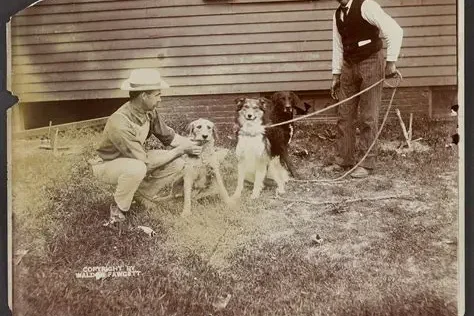
President Teddy Roosevelt’s children turned the White House into an informal zoo, home to animals like a badger, a bear cub, and a pig. Their father encouraged curiosity and adventure, seeing it as part of American spirit. While the menagerie delighted visitors, it wasn’t exactly safe or practical. Many of the animals were wild and unsuited to domestic life. Roosevelt’s zoo reflected a time of fascination with nature, before modern understanding of animal welfare. It showed both his playful nature and the era’s belief that taming the wild meant mastering it.
13. Nikola Tesla’s Injured Pigeons

In his later years, inventor Nikola Tesla found comfort in caring for injured pigeons in New York City. He fed them, tended their wounds, and even brought some into his hotel room. One white pigeon became his favorite, offering him companionship during loneliness. Tesla once said he loved that bird deeply and felt it loved him in return. Though his care was kind, pigeons thrive best in the open sky, not indoors. His devotion revealed both his gentle heart and his deep yearning for connection amid the isolation of genius.
This story 13 Historical Figures Who Kept Highly Unusual Pets was first published on Daily FETCH


